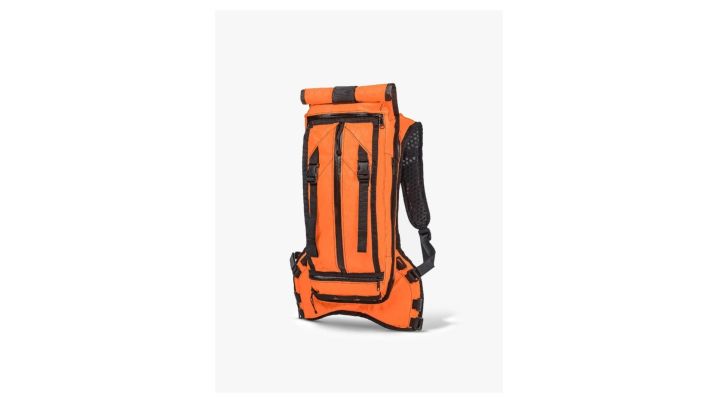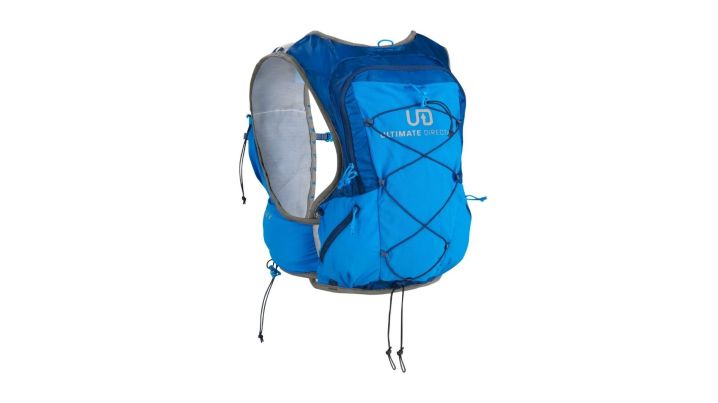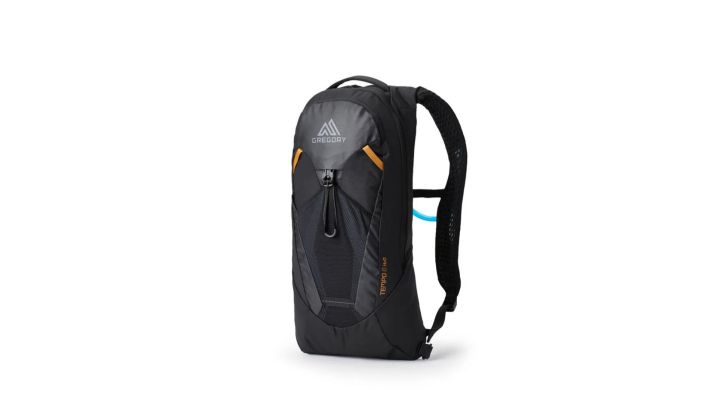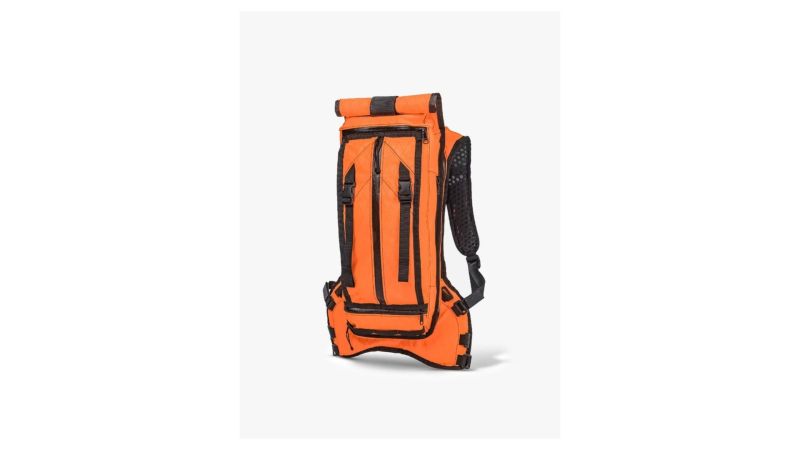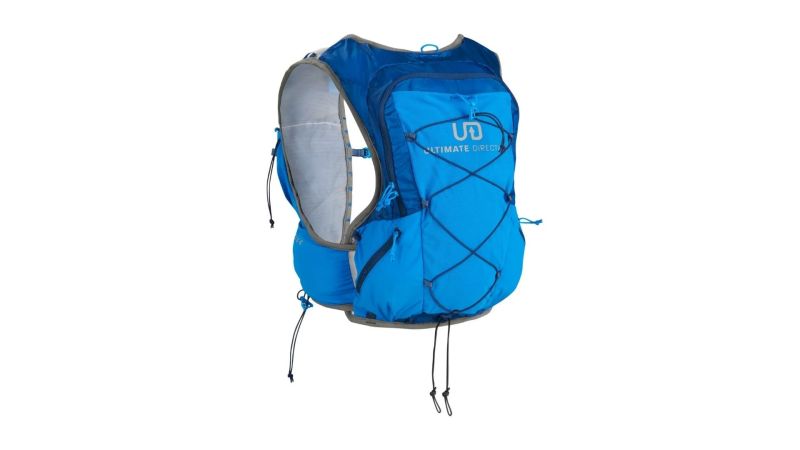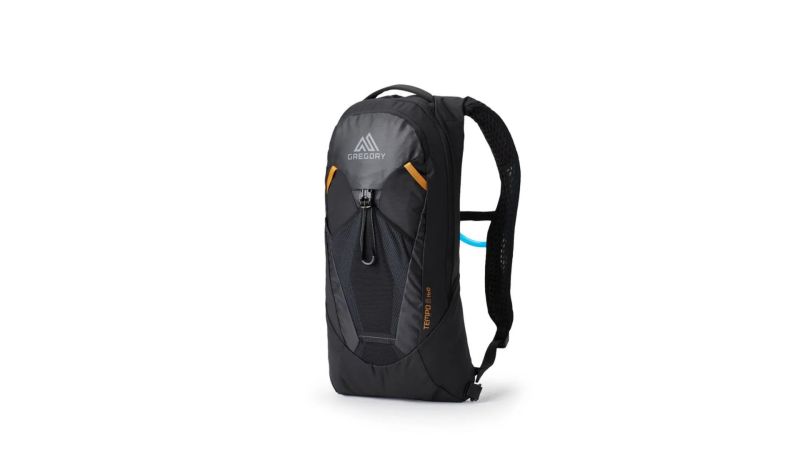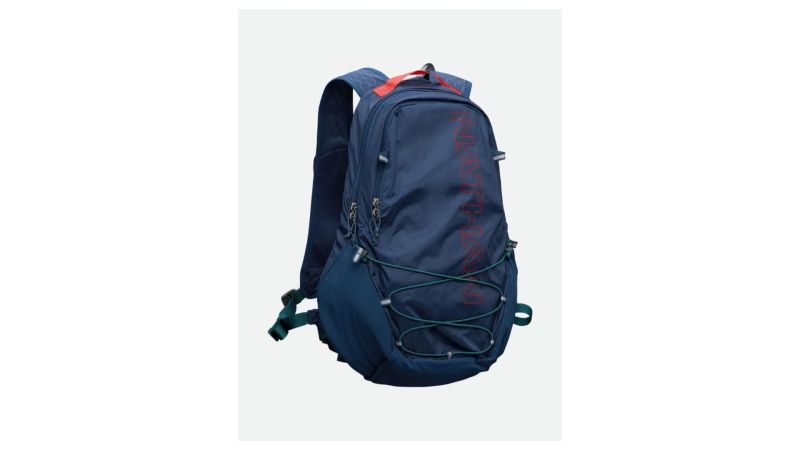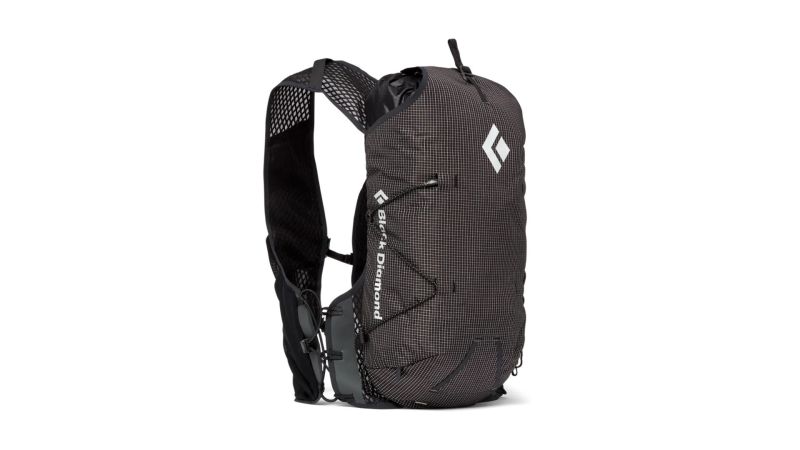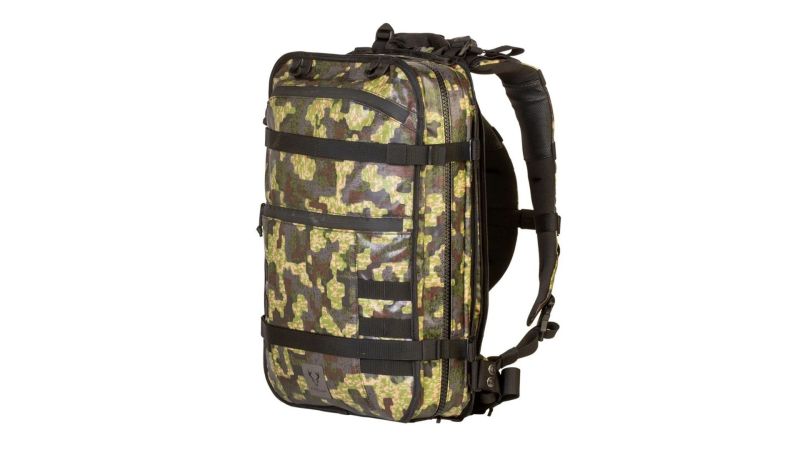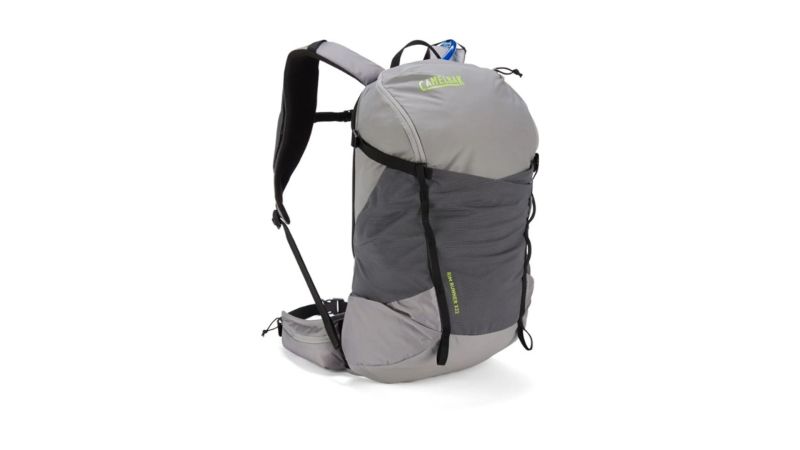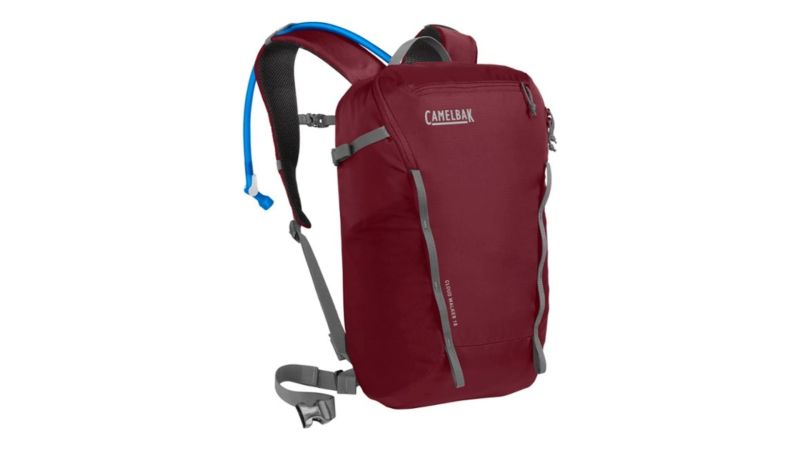We may earn revenue from the products available on this page and participate in affiliate programs.
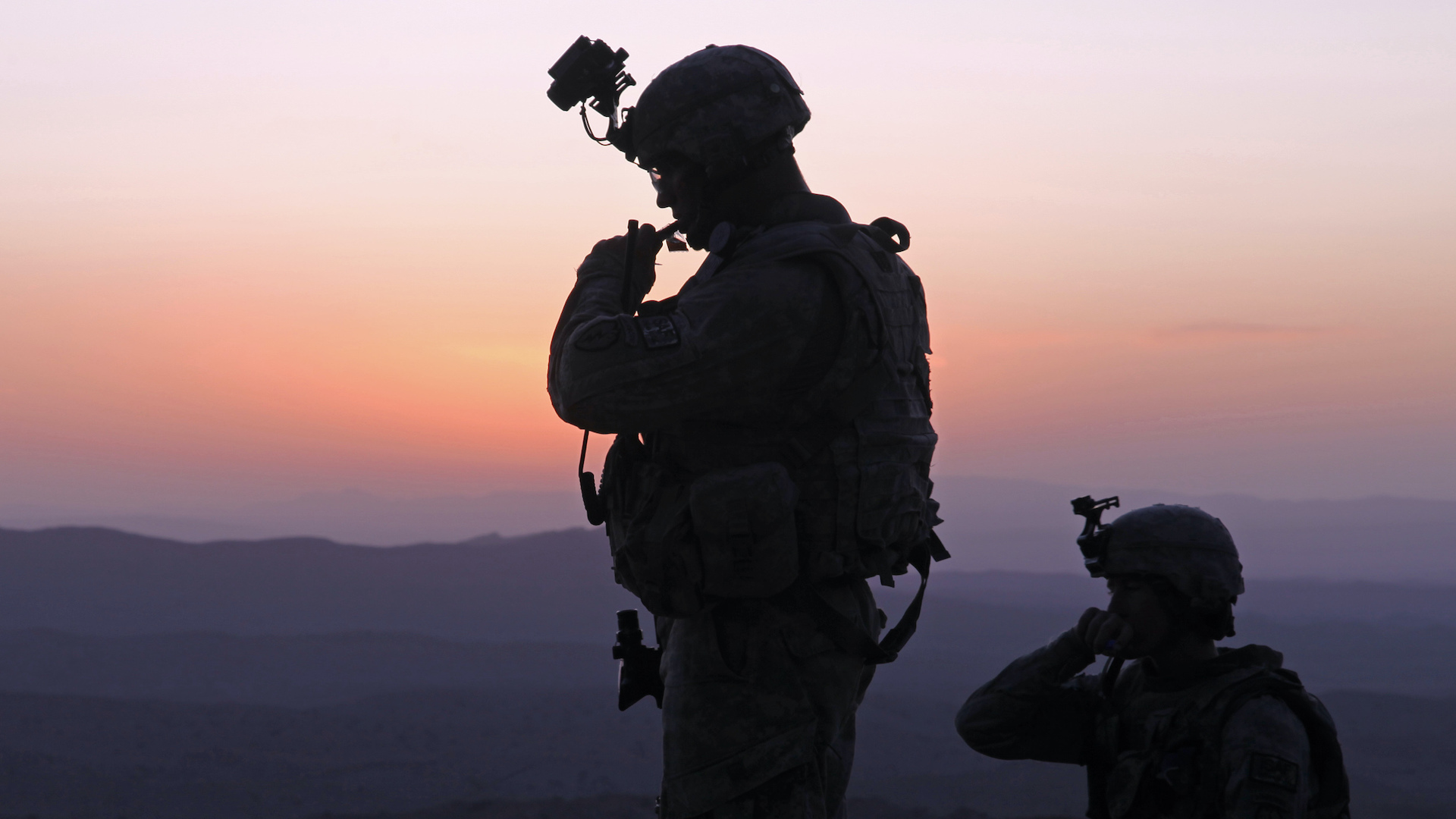
There is a bewildering array of backpacks and hydration packs on the market — all designed for myriad purposes from hiking to cycling to climbing. For this review, we took a look at what’s currently on the market in both hydration backpacks and running vests. We don’t want you to succumb to a heat injury and get the “silver bullet” from the medic or corpsman. Despite this narrow focus on hydration packs, the challenge remained, as there are also a bewildering number of hydration packs and vests being sold. So we took a look in stores and online to see what was being offered, got our hands on some of the best for our own inspection and evaluation, and also checked out what other experts, professional outdoor athletes, and everyday users thought.
Read on to find which hydration pack or vest best meets your unique needs.
- Best Overall and Best for Cycling: Mission Workshop Hauser 10L
- Best Premium and Best for Ultra Trail Running: Ultimate Direction Ultra Vest 6.0
- Best Insulated and Best for Mountain Biking: Gregory Tempo 6 H2O
- Best Value and Most Versatile: Nathan Crossover 15L
- Best for Mountain Running: Black Diamond Distance 8
- Best for Hunting and Best Waterproof: FORLOH The One Pack
- Best for Day Hiking: CamelBak Rim Runner X 22
- Best Budget and Best for Beginners: CamelBak Cloudwalker 18
Best Overall and Best for Cyclists
Mission Workshop Hauser 10L
Best Premium and Best for Ultra Trail Running
Ultimate Direction Ultra Vest 6.0
Best Insulated and Best for Mountain Biking
Gregory Tempo 6 H2O
Best Value and Most Versatile
Nathan Crossover 10L Hydration Pack
Best for Mountain Running
Black Diamond Distance 8
Best for Hunting and Best Waterproof
FORLOH The One Pack
Best for Day Hiking
CamelBak Rim Runner X 22
Best Budget and Best for Beginners
CamelBak Cloudwalker 18
Things to consider before buying a hydration pack
Hydration packs, vests, or waist packs
When it comes to carrying water, you generally have three options: wearing a pack, vest, or waist pack. While they all hold water, they typically differ in how much water, how you drink it, and how much extra gear you can carry.
Packs
Hydration packs are the largest of the three (and the subject of this article), and they’re typically designed for hikers or cyclists. While they may look a lot like a regular backpack from the outside, they’re equipped with special pockets in the main chamber to suspend a hydration bladder and keep it separate from other gear.
Vests
Hydration vests are designed with runners and fast packers in mind. They fit much more tightly to the body and generally have 500-milliliter water bottles on the front of the shoulder straps. Many can also accommodate a hydration bladder. Most have two sternum straps, omit a hipbelt, and have multiple pockets around the vest to stow gear.
Waist packs
Waist packs are the smallest of the lot and resemble a fanny pack designed to carry a single water bottle. They’re good for shorter excursions where you don’t need to carry a lot of other gear.
Capacity
When evaluating capacity, consider how much water you want to carry (it gets heavy), and what extra gear you need for your outing (cargo space). Many hydration packs and vests come with pockets to accommodate 500-milliliter soft bottles, and one-, 1.5-, two-, or three-liter water bladders.
Keep in mind that one liter of water weighs 2.2 pounds, so I try to go as light as I can while keeping a bit of margin in reserve. The longer the distance between water points and the hotter the weather, the more water you will want to carry.
For cargo, many hydration packs come in five-, 10-, 15-, or 20-liter sizes. The smaller ones are for shorter outings and might stow your water and a bit of food and a warming layer or softshell. The larger ones are generally for all-day hikes and ultralight overnighters.
Fit
The way your pack fits your body is important for several reasons. First, comfort is key. Few things are more miserable than a poorly fitting pack or vest that chafes, digs into your shoulders, or puts you off balance. When moving — especially running — proper fit helps keep the pack from bouncing around. So pay attention to the waist size and torso length. Look for packs and vests that come in multiple sizes rather than one-size-fits-all (and poor) designs. Many manufacturers are now making packs specifically for women that are better contoured to the female body. Try them on before you buy and make sure you load them up — don’t just try them on empty.
FAQs about hydration packs
Q: Is a hydration pack worth it?
A: It depends. Hydration packs are designed for long-distance endurance sports athletes like hikers, cyclists, and even runners. The pack allows them quick access to water while keeping their hands free. However, some people may prefer to carry a bottle in their hand or inside of a standard backpack.
Q: How long does water stay cold in a hydration pack?
A: It depends on two things: the ambient air temperature and the insulative properties of the hydration backpack. On a cold day, your water will stay cold all day and might even freeze (which is a big problem for hydration bladders’ drinking tubes because they may clog with ice). On a warm day, how much insulation is around the bladder and the temperature of the water when the bladder is filled are the main determinants. Some packs, like the Gregory Tempo 6, are designed with extra insulation and a vapor barrier to help keep water colder longer. This extra insulation also means extra weight, so it’s a trade-off.
Q: When should I use a hydration pack?
A: You should consider using a hydration pack anytime you are exercising outdoors for prolonged periods of time away from a water source. Hydration packs are ideal for trail running, road running, cycling, mountain biking, skiing, ultra running, backpacking, fastpacking, climbing, mountaineering, kayaking, and more. In many instances, hydration packs or vests are far more convenient than canteens since they are designed to carry water on your body in a comfortable and efficient manner.
Q: Can you freeze water in a hydration bladder?
A: You can freeze water in a hydration bladder, but be careful of several things. First, don’t fill the bladder to capacity. When water freezes, it expands and you could burst that expensive Fusion 3L bladder you just spent $60 on. Also, be careful not to drop your frozen hydration bladder because it could split. I recommend filling it about half full, freezing it (making sure the water isn’t going to be frozen in the tube), and then filling the rest with water just before you leave your house. Also, storing your empty, air-dried bladder in the freezer is a great way to prevent mildew.
Q: Is a hydration pack good for hiking?
A: Does a bear crap in the woods? Of course, they are good for hiking and many other outdoor sports. Put it this way: If you are far from a water source, a hydration pack is a great way to efficiently and ergonomically carry your water and avoid heat-related illnesses like dehydration or heat stroke.
Final thoughts
As you can see, there are a lot of fine hydration packs on the market, and it was a real challenge to rack and stack them all. I picked the Hauser 10L as the best overall because of its versatility. It’s exceptionally well-made and can be easily adapted to many different outdoor sports. The quality of the build is well above par, and it’s waterproof and lightweight.
Methodology
All the hydration packs and vests in this review were selected based on personal ownership, hands-on inspection, and thoroughly reviewing manufacturers’ specifications. We take our time to get to know the strengths and weaknesses of each item and also check out the reviews of other experts just to make sure we’re not missing anything.
For this review, we considered more than a dozen makes and models. We parsed between packs and vests — those for everyday use and more specialized products — and tried to provide solid representatives of each category. I based my criteria on my own experiences using outdoor gear in the field for more than 35 years.
After gathering enough high-performing products for a best-of article, I racked and stacked each based on their attributes, design, and performance. My bias is towards the lightest, best-functioning, and lowest-cost solutions available. We don’t torture test gear here at Task & Purpose — we test within normal usage limits. When gear does fail or break, we contact the manufacturer to see if and how it stands by its products. I also take a look at how easy the gear is to maintain or repair in the field — the simpler, the better.
Task & Purpose and its partners may earn a commission if you purchase a product through one of our links. Learn more about our product review process.
